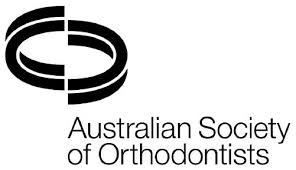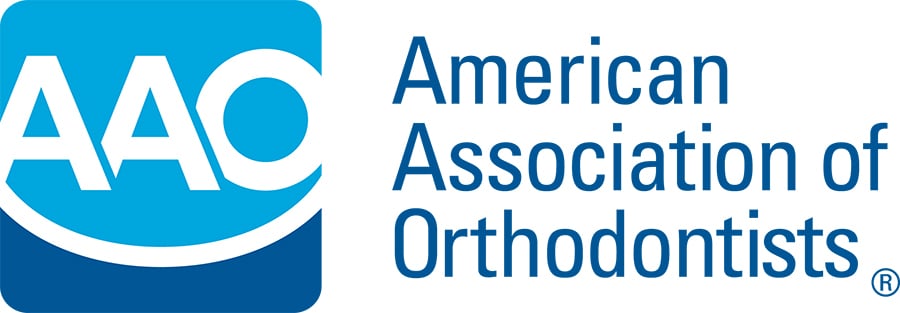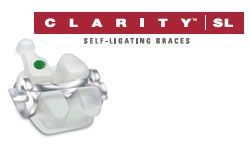Our Specialist Orthodontists and the team are Why is it important to straighten teeth? Straight teeth help an individual to effectively bite, chew and speak. Straight teeth contribute to healthy teeth and gums. Properly aligned teeth and jaws may alleviate or prevent physical health problems. Teeth that work better also tend to look better. An attractive smile is a pleasant “side effect” of orthodontic treatment. Some children as young as 5 or 6 may benefit from an orthodontic evaluation. Although treatment is unusual at this early age, some preventative treatment may be necessary. Today, orthodontic treatment is a viable option for almost any adult. It is well recognized that when left untreated, many orthodontic problems may become worse. When you have a malocclusion (“bad bite”), your teeth may be crowded, excessively spaced, or may not fit together correctly. Such conditions may lead to dental health problems. Crowded teeth are hard to clean and, given time, may contribute to tooth decay, gum disease, and even tooth loss. Bad bites can also result in abnormal wearing of tooth surfaces (see photo below), difficulty chewing, and damage to the supporting bone and gum tissue. Poorly aligned teeth can contribute to pain in the jaw joints. The length of treatment varies depending on the complexity of the orthodontic problem, growth and tissue response to treatment as well as the level of patient cooperation during their treatment. Orthodontic care requires a team approach in which the family, dentist and the patient play key roles that can impact the length of treatment and the quality of the end result. Generally, the length of comprehensive orthodontic treatment can range from approximately 18 months to 30 months, depending on treatment options and individual characteristics. Teeth respond to the gentle forces that are applied to them. “Braces” are a combination of “brackets” and “wires”; brackets are the part of the braces that attach to the teeth, while brackets are the “handles” that help control the movement of the teeth. Braces require a wire called an “archwire” that connects the brackets and provides the forces to steer the teeth in the proper direction. It’s actually the wires that move teeth. The interaction of brackets and archwires enables the dentist to have three-dimensional control over the movement of the teeth. In many cases, additional forces are needed to help balance the underlying jaw structure and to help the upper and lower teeth fit properly together to make the bite right. Extra time is needed with toothbrushing to make sure that all areas around the braces have been cleaned properly. Specialized brush tips are available to help get in between the braces and under the wires. Floss-threaders are helpful in passing floss under archwires to make flossing easier. Oral irrigators are often helpful to dislodge food debris from around the teeth. Over-the-counter mouth rinses can be used in conjunction with oral irrigators to help reduce the level of bacteria around the teeth.
Braces are not only for kids. Presently, 30% of orthodontic patients are over 18; people as old as 75 have had successful orthodontic treatment. Early treatment provides the opportunity to: 1. guide the growth of the young jaw bones creating a better environment for those new emerging permanent teeth 2. guide incoming teeth into optimal positions 3. regulate the width of the jaws 4. lower the risk of trauma to prominent front teeth 5. correct harmful sucking habits 6. reduce the likelihood of teeth becoming stuck or impacted under the gums 7. preserve or gain space for arriving permanent teeth
That depends a lot on you and how bad your bite is to begin with. Complex/severe bites take longer. The better you are following our doctor’s instructions and taking care of your braces, the sooner your teeth will improve. |














